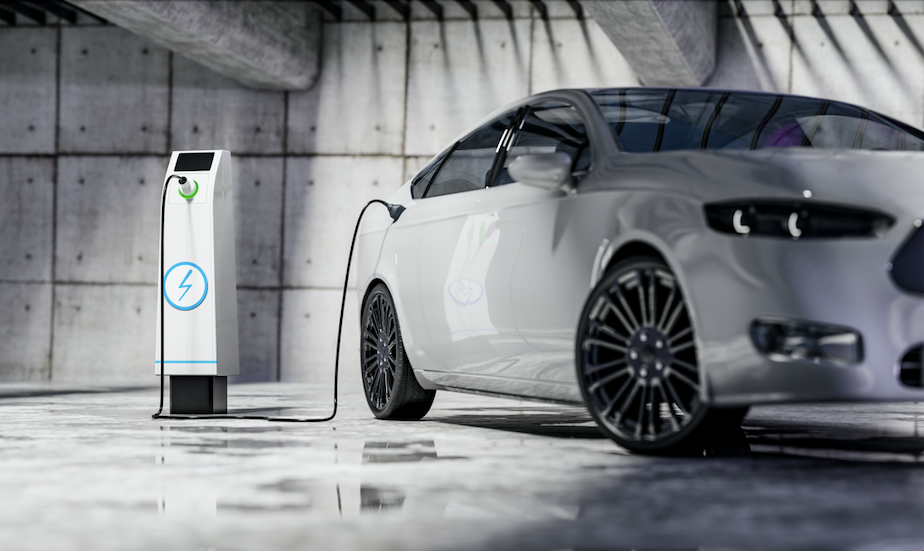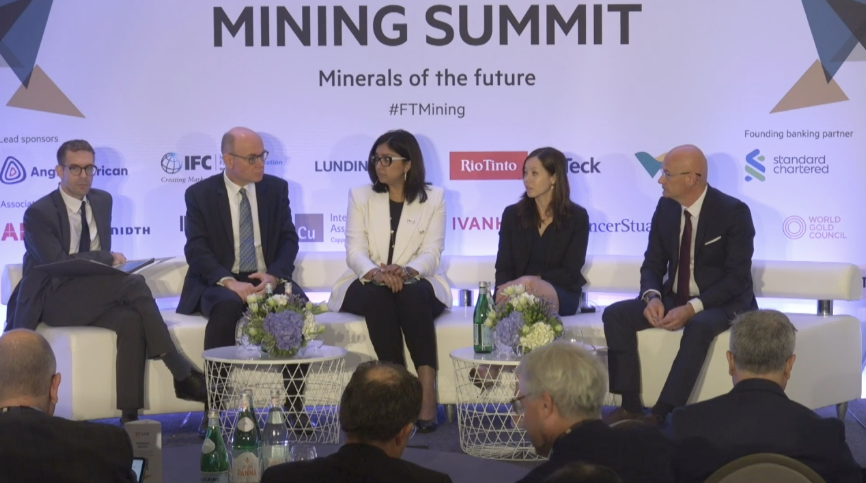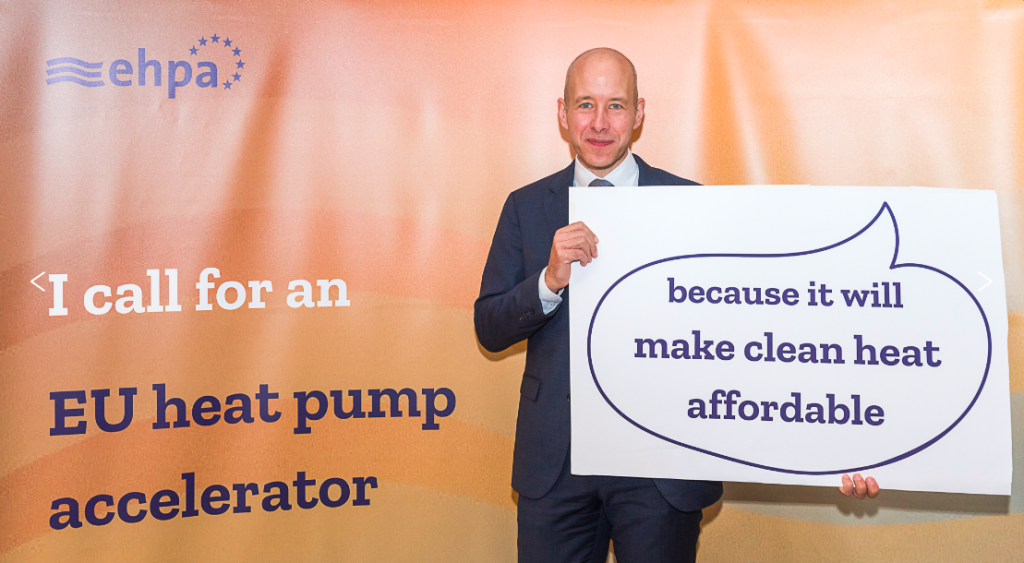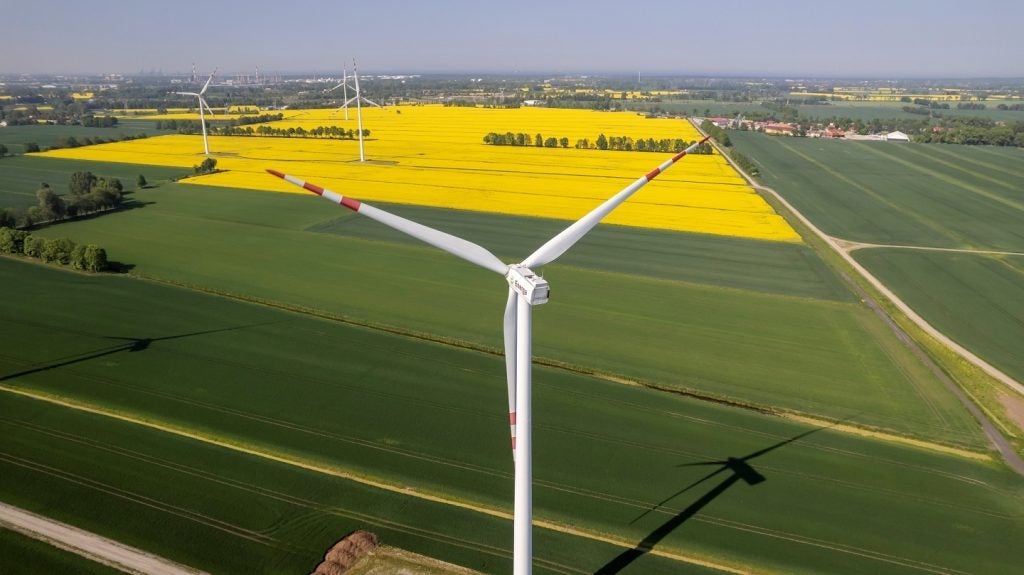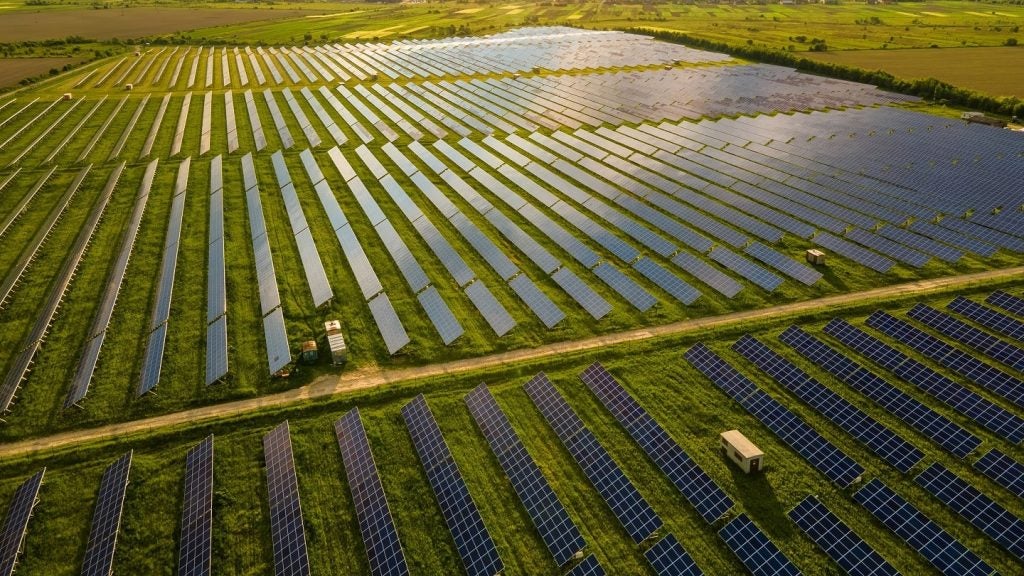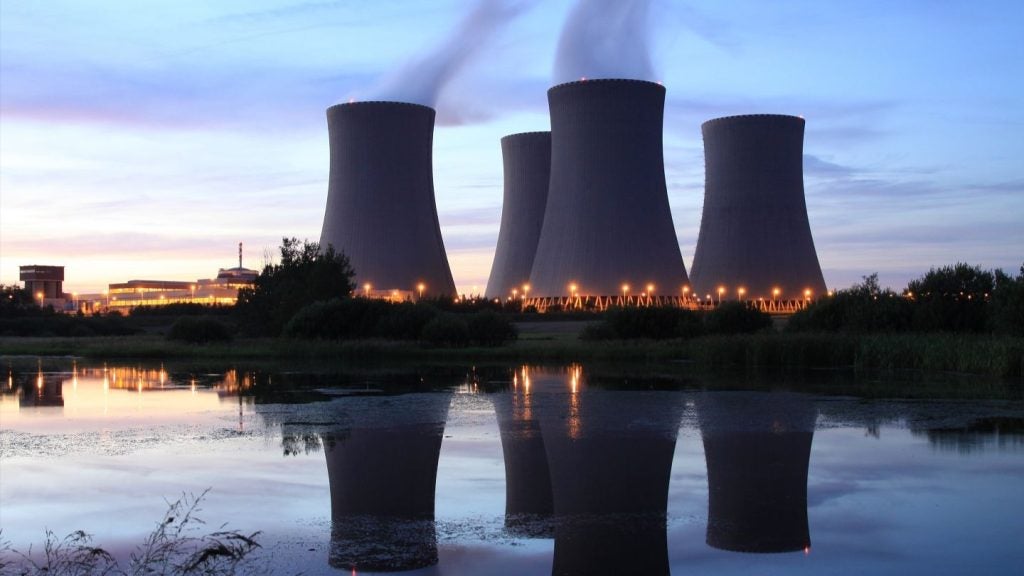In February this year the European Parliament voted to ban the sale of internal combustion engines for new passenger and light duty cars by 2035. Other countries are also expected to enact similar policies in the coming years.
Electric vehicle (EV) sales could make up 55% of all vehicle sales by as early as 2030, according to EY’s Six Essentials for Mainstream EV Adoption report. Many countries have now reached a turning point in EV adoption where a fringe technology become mainstream.
The entire supply chain will have to adapt to this growth, from charging infrastructure to critical mineral sourcing. The International Energy Agency predicts that copper demand will increase 10-fold between 2019 and 2030, lithium demand nine-fold and nickel demand 14-fold.
Serge Colle, report author and EY’s global energy and resources industry market leader, told Power Technology about how all elements of the EV supply chain can more meaningfully interact to cope with extreme growth.
Florence Jones: As the global EV market grows, where do you predict development will focus?
Serge Colle: In areas like Europe, China and the United States demand is already very high.
Europe, from the start, has been quite bullish in terms of climate regulation and going after e-mobility as one of the key levers to decarbonise society. Norway is a key player; 89% of new cars sold in the country are now electric.
China has also been quite deliberate in wanting to electrify fleets because they’re now effectively the biggest car market in the world. I think China wants to avoid fuel dependency as much as possible and harness economic opportunity. In cities like Beijing or Shanghai, local governments put a very strict timing on public transportation being electrified.
In Europe, development was high among premium luxury vehicles because they have relatively large costs. The battery is, relatively speaking, a small fraction of the total cost of a car compared a cheaper vehicle, whereas the Chinese from the start went after cheaper vehicles. They have very short, very fast innovation cycles of domestic development. The Chinese car industry is quite ambitious, and hopes to be as successful as the European car making market because this time around, they got to start from scratch.
The Inflation Reduction act promotes development in the US. Japan and South Korea are also exciting areas for development.
Florence Jones: How do you think that consumers, who have previously been reluctant to make the switch from fossil powered vehicles to EVs, will be incentivised to adopt new technologies?
Serge Colle: In the very early days incentivising customers was very important, just because the upfront costs are so high. The convenience of charging was difficult, and you had to be a real believer to be willing to pay the extra charge. The market that moved first and strongest was Norway, and they came up with a whole set of measures to incentivise adoption. All cars are quite heavily taxed in Norway, so tax exemptions were used along with priority lanes, no parking charges and free ferry trips.
We are now reaching a point where those incentives are less necessary, as the overall cost of ownership is favourable. Globally, 52% of all consumers are now considering an EV as their next purchase.
Charging availability is real hurdle, and we must look holistically across all aspects of the consumer experience as that’s what drives adoption.
Florence Jones: How can players at various parts of the global value change collaborate meaningfully?
Serge Colle: Currently the EV supply chain is very complex. There are three key ecosystems involved in the EV industry, the energy ecosystem, the mobility ecosystem, and then the building ecosystem. They're fragmented; for example car manufactures do not necessarily manage charging infrastructure. This fragmentation has emerged because we're just at the start of this journey, but we have the potential to make it much more user friendly. We must encourage the entire ecosystem to work in harmony to improve the customer experience, as the customer experience is what will ultimately drive growth.
Florence Jones: What support should be offered to the e-mobility industry from political institutions and governments?
Serge Colle: Policymakers should take measures to make sure that the upfront cost of vehicles continues to go down, whether this is through subsidies or through helping carmakers to produce cheaper batteries. The problem is that a battery is still 40% of the cost of the car.
One of the major concerns is charging infrastructure, because a lot of consumers can't see themselves spending more than five minutes refilling, because that's the current benchmark. Policy and law makers must make sure that we have sufficient high-functioning infrastructure available.
There’s also the question of range. Some diesel vehicles can go up to 1,000km, since if you have an EV with a range of 400km, even if you only need more than that range for four days a year, it can cause anxiety for a lot of customers.
Florence Jones: How do you think the value chain can adapt to increased demand for critical minerals used in EV battery production? Is there a sustainability cost from increased mining to be considered?
Serge Colle: There is still a large amount of uncertainty around battery technology, but the value chain is adapting quickly. Lithium demand will easily go up three to four times by 2030, and this is driving the opening of new mines around the world. By this point around one third of the entire fleet on the roads of Europe will be electric.
According to our analysis the average car has a lifetime of 10 to 12 years. The lifetime of a battery, with some degradation, is about 20 years, so that calls for reusing batteries. Batteries can have second and third lives, and we need to make sure that we allocate scarce resources also to the right place, and make sure that policy is in line with opening new mines.
Florence Jones: What measures are needed for charging infrastructure to become more accessible and common place?
Serge Colle: We have now entered the era of mass EV adoption, and higher uptake will undoubtedly increase the need for charging. There are a number of issues with charging infrastructure such as the lack of standardisation, which creates difficulties for technicians. There's also the lack of land access, which affects permitting, and there's the network side of things, including capacity problems and the need for network reinforcements. This is where, I think, policymakers and governments could definitely do something.


